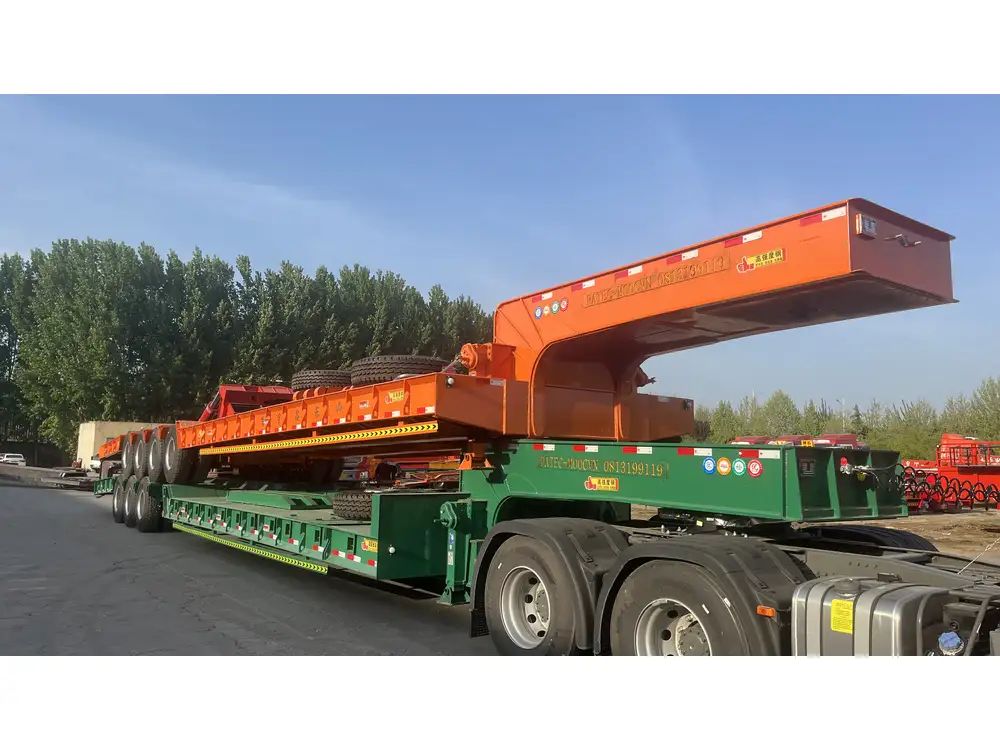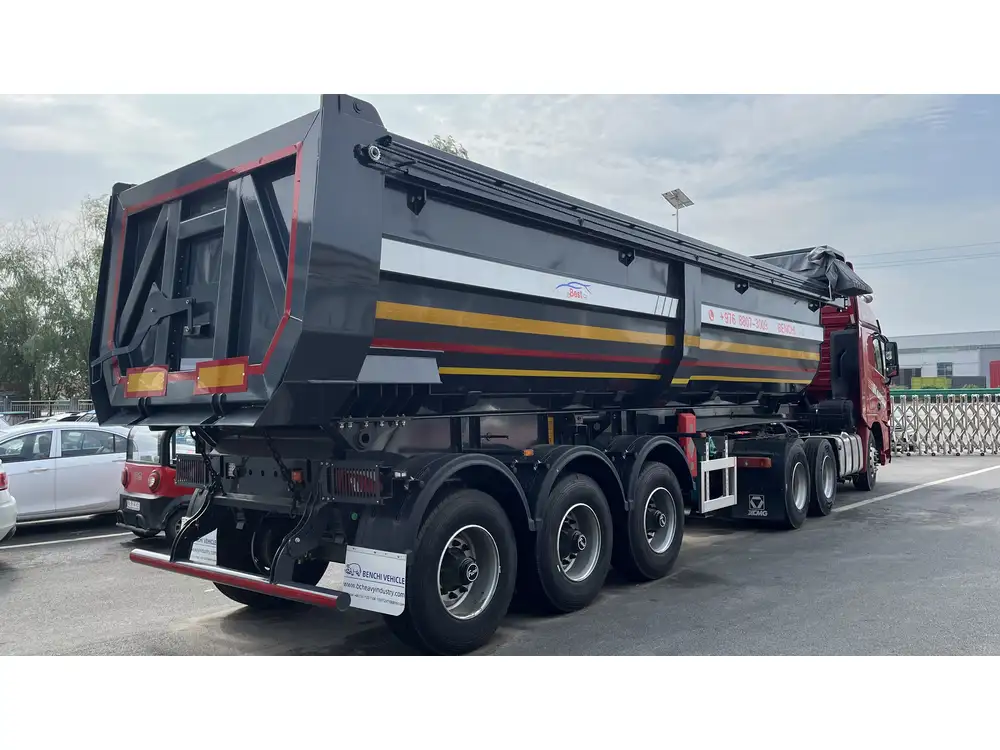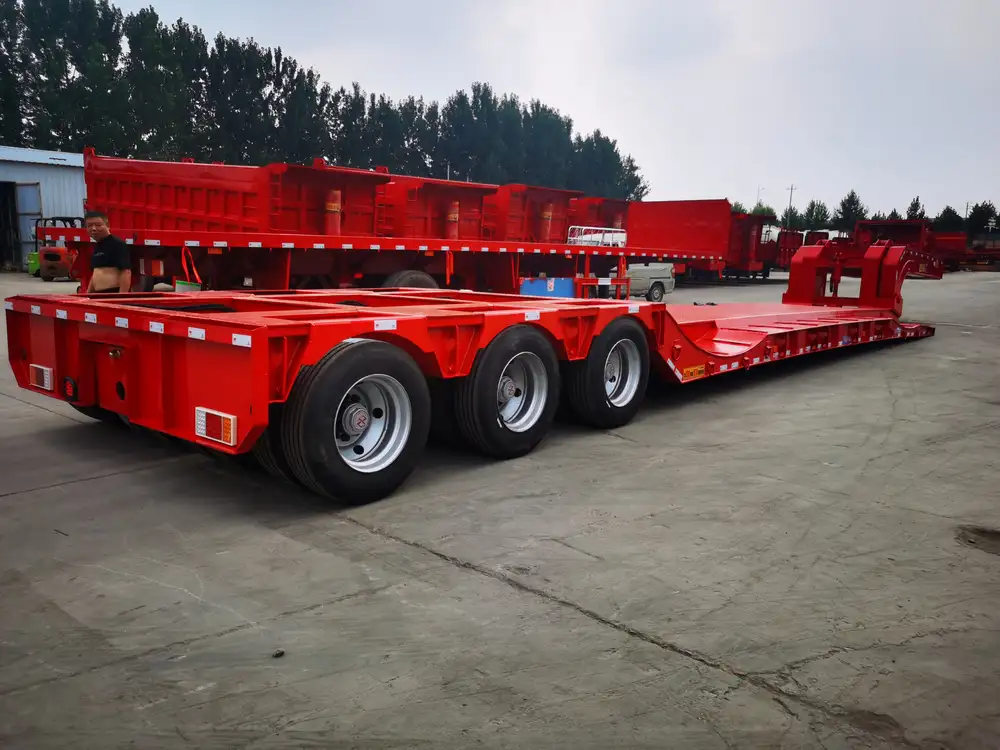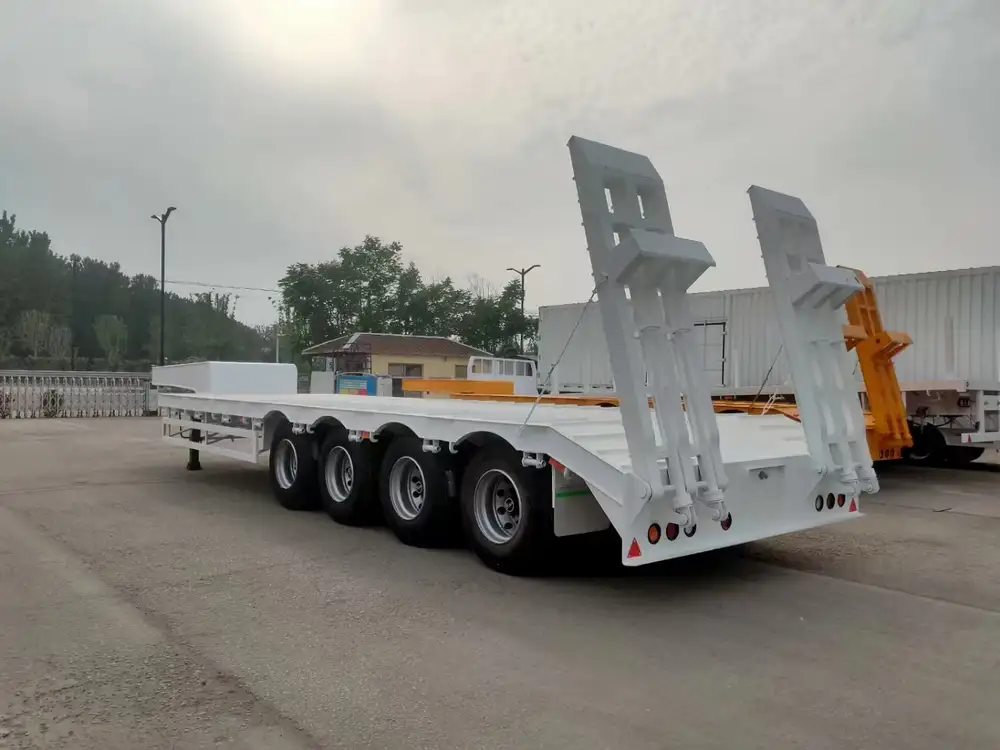Installing a junction box on a semi-trailer is a critical task that requires precision, knowledge of electrical systems, and adherence to safety protocols. In this guide, we will delve deeply into the process, intricacies, and best practices for effectively installing a junction box, ensuring that your semi-trailer is equipped with reliable electrical connections.
Understanding the Junction Box
A junction box is an enclosure that houses electrical connections and wiring within a semi-trailer. Its primary purpose is to protect electrical connections from external influences like moisture, dirt, and physical damage. Moreover, a well-installed junction box enhances safety by minimizing the risk of shorts or electrical fires.
Types of Junction Boxes
- Plastic Junction Boxes: Lightweight and resistant to corrosion, these boxes are excellent for environments that require weatherproofing.
- Metal Junction Boxes: Known for their durability, metal boxes provide superior protection but may require proper grounding.
- Waterproof Junction Boxes: Ideal for applications where exposure to water is imminent, preserving the integrity of electrical connections.

Tools and Materials Required
Essential Tools
| Tool | Purpose |
|---|---|
| Screwdriver | To secure the junction box and connections. |
| Wire Stripper | For stripping insulation off wires. |
| Drill | To create mounting holes if necessary. |
| Voltage Tester | Ensures power is off before installation. |
| Wrench | For tightening nuts/bolts on connections. |
Required Materials
- Junction box (appropriate type for your application)
- Electrical wires (gauge based on requirements)
- Connectors (wire nuts, crimp connectors)
- Electrical tape or heat shrink tubing
- Mounting hardware (screws, anchors)

Safety Precautions
- Disconnect Power: Always ensure that the power supply is disconnected before starting any electrical work.
- Use Protective Gear: Wear gloves and safety glasses to protect yourself from potential hazards.
- Follow Local Codes: Adhere to all local electrical codes and regulations to ensure compliance and safety.
Step-by-Step Installation Process
Now, let’s break down the installation process into manageable steps for a successful junction box installation.
1. Choose the Right Location
Selecting an appropriate location is crucial. The junction box should be:
- Accessible: It should be easy to reach for future maintenance or inspections.
- Protected: Shielded from potential physical damage and extreme environmental conditions.

2. Prepare the Installation Area
- Clear the Space: Remove any obstructions that may hinder the installation process.
- Check for Existing Wiring: Identify existing wiring layouts to avoid conflicts and ensure proper routing.
3. Mark and Drill Mounting Holes
- Mark Placement: Outline the position of the junction box on the trailer using a pencil.
- Drill Holes: Using a drill, create holes for mounting the junction box. The size of the drill bit should correspond to the screws used for mounting.
4. Mount the Junction Box
- Align the Box: Position the junction box over the drilled holes.
- Secure with Screws: Using screws and a screwdriver, fasten the junction box tightly to the trailer.

5. Route the Wires into the Junction Box
- Cut Wire Lengths: Ensure that the wires are sufficient in length to reach their respective connections without undue tension.
- Feed Wires: Insert the pre-cut electrical wires through the conduits or openings into the junction box.
6. Strip the Wire Insulation
- Use a Wire Stripper: Strip about half an inch of insulation off the ends of the wires to expose the metal conductors.
7. Make Electrical Connections
Connect the wires within the junction box as follows:
- Match Colors: Connect black (hot) wires to black wires, white (neutral) wires to white, and green (ground) wires to ground.
- Use Connectors: Use wire nuts or crimp connectors to secure each connection. Twist the wires together and cap them appropriately with connectors.

8. Insulate Connections
- Wrap with Electrical Tape: Ensure that all connections are wrapped securely with electrical tape for added protection against moisture and abrasion.
- Consider Heat Shrink Tubing: For a more robust connection, consider using heat shrink tubing to cap your connections before applying heat to seal them.
9. Tighten and Secure the Junction Box Door
- After ensuring all connections are made correctly and securely, close the cover of the junction box.
- Use screws to fasten the door tightly, ensuring a weatherproof seal.
10. Test Connections
- Re-energize Power: Restore power to the circuit and use a voltage tester to check power flow through the junction box.
- Test Each Connection: Verify that all connected circuits are functioning correctly.

Troubleshooting Common Issues
1. No Power to the Junction Box
- Check Circuit Breakers: Ensure that the circuit breaker is not tripped.
- Confirm Connections: Inspect all electrical connections for security.
2. Flickering Lights
- Loose Connections: Check for loose or corroded connections, as these can disrupt electrical flow.
- Wire Integrity: Inspect the wires for any visible damage that could affect performance.

3. Overheating Junction Box
- Inspect Load: Ensure the junction box isn’t overloaded with too many connections.
- Ventilation: Verify that it is located in a well-ventilated area to dissipate heat effectively.
Maintenance Tips for Long-term Reliability
- Regular Inspections: Frequently check the junction box for any signs of wear, corrosion, or damage.
- Keep Clean: Remove any debris or dust that might accumulate inside or around the junction box.
- Evaluate Connections: Periodically test connections to ensure they remain secure and functional.
Conclusion
The installation of a junction box on a semi-trailer is not just a technical task; it is a vital maintenance procedure that safeguards the entire electrical system of your vehicle. By following the outlined steps, using the right tools, and adhering to all safety protocols, you can ensure a successful installation that enhances both performance and safety. This thorough understanding of the installation process will serve as a valuable resource for anyone looking to maintain or improve their semi-trailer’s electrical infrastructure.

Additional Resources
For further information, consider consulting the following:
- Technical Manuals: Reference guides from manufacturers for specific installation requirements.
- Local Electrical Codes: To ensure compliance with regional safety regulations.
- Professional Assistance: If unsure about any steps, consider hiring a certified electrician.
By adopting best practices and routine care, the longevity and reliability of electrical systems in semi-trailers can be significantly improved, ensuring that the vehicle remains efficient and safe on the road.



